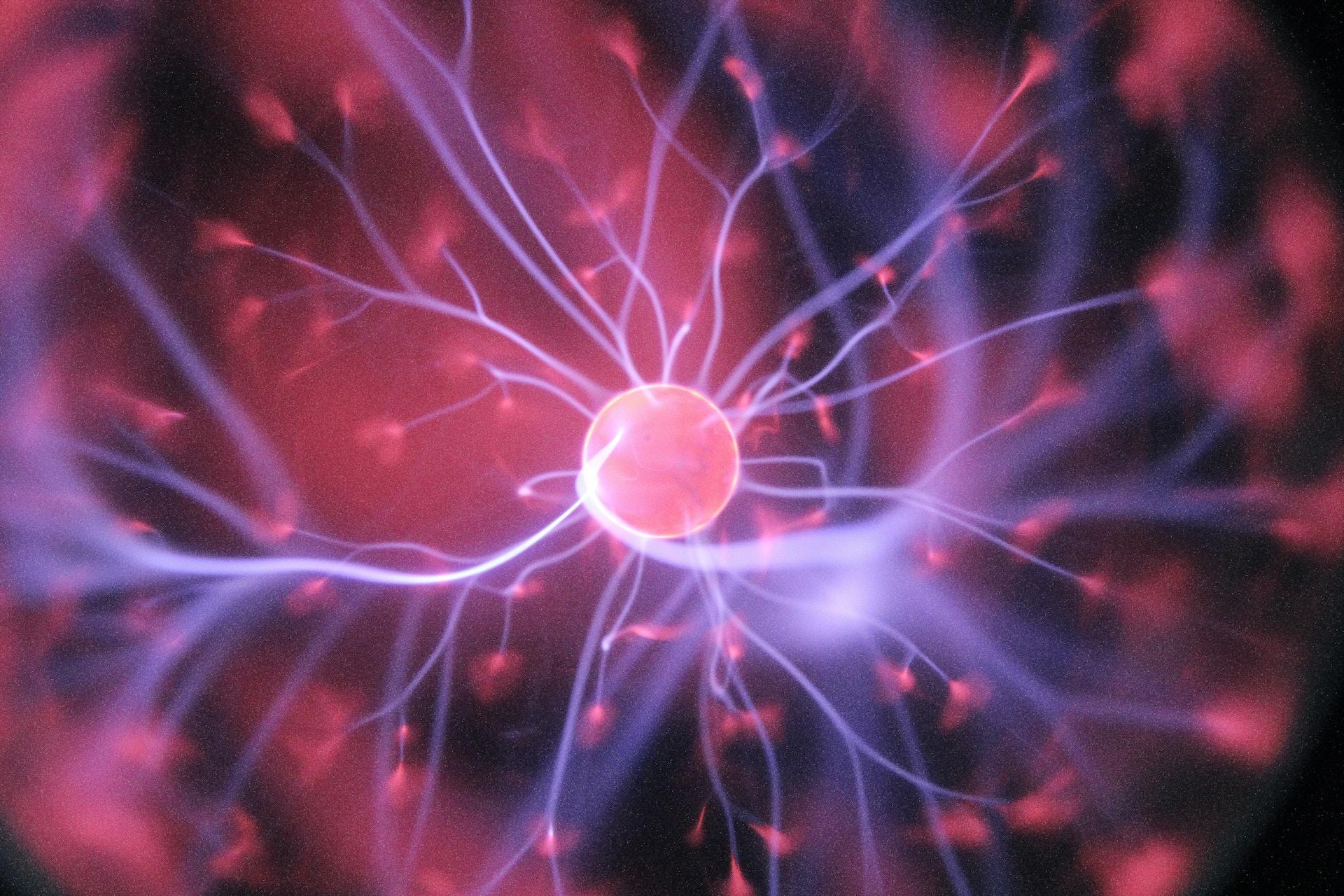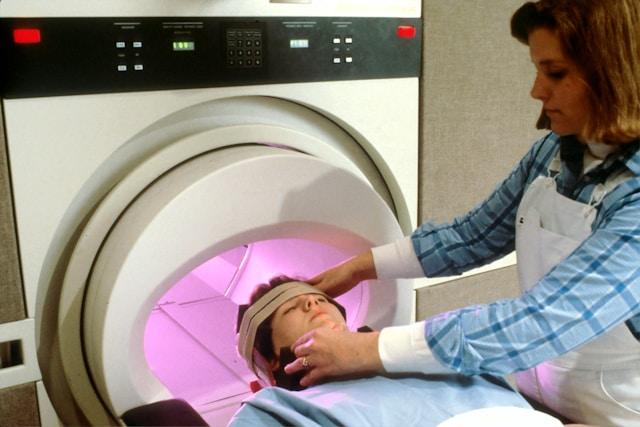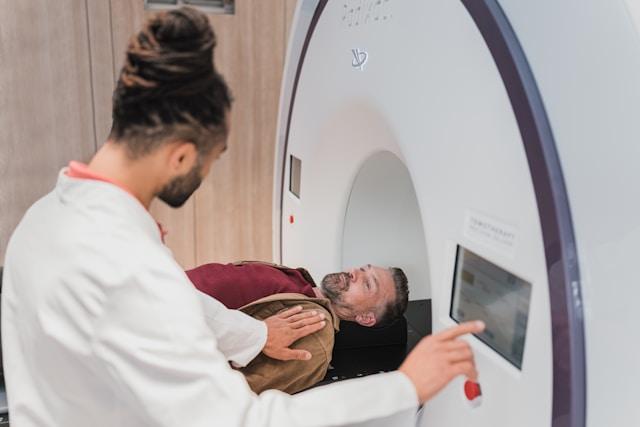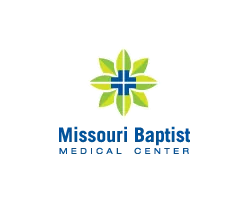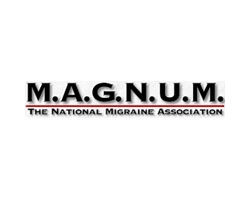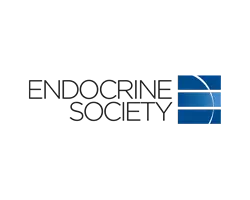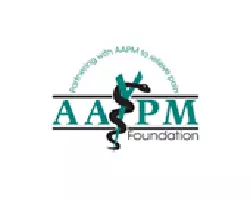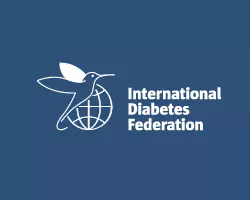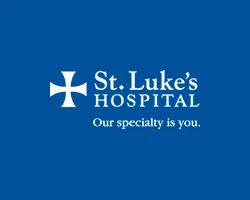Did you know that up to 50% of individuals, especially women, experience post mastectomy pain (PMPS), a side effect after chest surgery? Coping with chronic pain can be challenging, impacting daily life, overall well-being, and people. Understanding the causes and management strategies for PMPS is crucial for enhancing quality of life and promoting recovery. Whether you are personally navigating this journey or seeking information to support a loved one, this guide aims to offer valuable guidance and resources to help you effectively cope with post-surgical pain.
Key Takeaways
-
Understanding the factors contributing to Post Mastectomy Pain Syndrome (PMPS) can help in early recognition and management.
-
Recognizing the causes and symptoms of PMPS is crucial for timely intervention and treatment.
-
Individuals, especially women who have undergone chest surgeries, especially mastectomies, are at risk of developing PMPS.
-
Treatment options for PMPS include medications, physical therapy, nerve blocks, and psychological support.
-
Managing PMPS symptoms involves a multidisciplinary approach that addresses both physical and emotional aspects.
-
Coping with PMPS symptoms requires a combination of medical treatments, lifestyle adjustments, and emotional support.
Defining PMPS
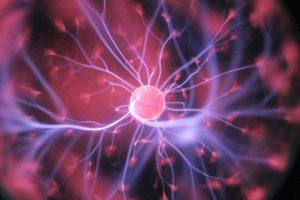
What is PMPS
Post Mastectomy Pain Syndrome (PMPS) refers to chronic pain that persists after surgery, affecting a significant number of patients and people. The condition commonly occurs following breast cancer surgery, with around 20-68% of patients experiencing PMPS. This chronic pain can significantly impact the quality of life for people who undergo mastectomy procedures.
Symptoms Overview
PMPS manifests as persistent pain in the chest, armpit, and arm regions post-surgery. Patients may experience varying levels of pain intensity, ranging from mild discomfort to severe, debilitating pain. In addition to pain, individuals might also report sensations like numbness and tingling in the affected areas.
Understanding Pain Levels
Patients with PMPS may experience different levels of pain, ranging from mild to excruciating. The severity of pain can greatly interfere with daily activities such as dressing, bathing, or even sleeping comfortably. Effectively managing these pain levels is crucial in improving the overall well-being and functionality of individuals dealing with PMPS.
Factors Leading to PMPS
Surgical Impact
Surgery plays a crucial role in the development of post mastectomy pain (PMPS). The trauma caused by surgical procedures can trigger nerve damage and inflammation, contributing to persistent pain. The type of surgery, such as mastectomy or lymph node removal, directly impacts the likelihood of experiencing PMPS. Long-term pain outcomes are influenced by the extent of tissue manipulation during surgery, affecting nerve sensitivity and pain perception.
Nerve Damage
Nerve damage is closely linked to the onset of PMPS. During chest surgeries like mastectomy, nerves in the surrounding tissues can be inadvertently injured or removed, leading to altered nerve signaling and chronic pain. The severity of nerve damage during surgery correlates with the intensity and duration of postoperative pain experienced by individuals. Understanding the intricate relationship between nerve damage and PMPS is essential for effective pain management strategies.
Psychological Aspects
Psychological factors play a significant role in PMPS development. Anxiety and depression can exacerbate pain perception and lead to a heightened sensitivity to discomfort post-surgery. Patients with pre-existing psychological conditions may be more susceptible to developing chronic pain after chest surgery. Addressing these psychological aspects through counseling, therapy, or support groups is crucial in managing PMPS effectively and improving overall quality of life.
Physical Recovery
Effective physical recovery post-surgery is vital in mitigating PMPS. Engaging in structured physical therapy programs can help restore mobility, strength, and flexibility in the chest area, reducing the risk of chronic pain development. Physical rehabilitation not only aids in recovering from surgical trauma but also plays a key role in retraining the nervous system to alleviate persistent pain symptoms. Prioritizing physical recovery post-surgery significantly contributes to successful long-term pain management outcomes.
Exploring Causes and Symptoms
Identifying Triggers
Triggers such as nerve damage or surgical trauma can exacerbate PMPS symptoms. Understanding these triggers is crucial for effective management. By identifying triggers, healthcare providers can tailor treatment plans to address specific causes, leading to better outcomes. Recognizing individual triggers allows for personalized care, optimizing pain relief strategies.
Chronic vs Acute Pain
Chronic pain in PMPS persists beyond the normal healing period, lasting for months or even years. In contrast, acute pain is immediate and short-lived. Chronic pain in PMPS can significantly impact a patient’s quality of life and long-term recovery. Managing chronic pain poses challenges due to its persistent nature and the need for ongoing treatment interventions.
Emotional Factors
PMPS not only affects patients physically but also emotionally. Patients may experience feelings of anxiety, depression, or fear related to their condition. Emotional factors play a significant role in how individuals perceive and cope with pain. Addressing these emotional aspects is essential in the comprehensive treatment of PMPS, as it can improve overall well-being and pain management outcomes.
Who Gets PMPS
Risk Assessment
Post mastectomy pain syndrome (PMPS) risk factors include nerve damage during surgery, radiation therapy, and younger age.
-
Nerve Damage: During surgery, nerves can be injured or cut, leading to persistent pain post-mastectomy.
-
Radiation Therapy: Radiation may cause tissue scarring and nerve damage, increasing the likelihood of developing PMPS.
-
Younger Age: Younger individuals tend to have a higher risk of experiencing PMPS compared to older patients.
Demographic Insights
Research indicates that women under 40 years old are more susceptible to developing PMPS after mastectomy.
-
Age Bracket: Women in the younger age group have a higher chance of experiencing persistent pain following surgery.
-
Hormonal Factors: Hormonal changes in younger women might contribute to increased nerve sensitivity and pain perception.
-
Psychological Impact: Younger patients may also face emotional challenges dealing with long-term pain post-surgery.
Treatment Options
Medical Interventions
Medical interventions for post mastectomy pain (PMPS) and pain after chest surgery typically involve medications prescribed by healthcare professionals. Commonly, doctors may recommend non-steroidal anti-inflammatory drugs (NSAIDs) to alleviate pain. In more severe cases, opioids can be prescribed to manage intense discomfort.
Patients with persistent pain might undergo nerve blocks or injections to target specific nerves causing the pain. These procedures aim to block the transmission of pain signals, providing relief in the affected area. Antidepressants or anticonvulsants may be prescribed to regulate nerve pain and improve overall well-being.
Physical Therapy
Physical therapy plays a crucial role in managing PMPS and post-surgery pain. Through tailored exercises and techniques, physical therapists help patients regain strength and mobility in the affected areas. This can significantly reduce discomfort and enhance the recovery process.
Engaging in regular physical therapy sessions can also prevent stiffness and muscle weakness commonly associated with prolonged pain. Therapists work closely with patients to develop personalized treatment plans that address their specific needs and challenges.
Alternative Remedies
In addition to conventional medical treatments, some individuals opt for alternative remedies to alleviate PMPS and post-surgery pain. Techniques such as acupuncture, massage therapy, and chiropractic care have shown promising results in reducing discomfort and promoting relaxation.
Herbal supplements like turmeric or ginger are believed to possess anti-inflammatory properties that may help manage pain naturally. However, it is essential to consult healthcare providers before incorporating any alternative remedies into the treatment plan to ensure compatibility with existing medications.
Lifestyle Changes
Making lifestyle changes can also contribute significantly to managing PMPS and post-surgery pain effectively. Maintaining a healthy weight through proper diet and regular exercise can reduce strain on the body and alleviate pressure on sensitive areas.
Practicing stress-reducing activities such as meditation or yoga can help lower overall stress levels, which may exacerbate pain symptoms. Adequate rest and sleep are equally important for allowing the body to heal and recover optimally.
Managing Symptoms
Pain Management Techniques
Post mastectomy pain (PMPS) and pain after chest surgery can be challenging to cope with, but there are effective pain management techniques available. Utilizing medications like nonsteroidal anti-inflammatory drugs (NSAIDs) and acetaminophen can help alleviate discomfort. nerve blocks and physical therapy are beneficial in reducing pain.
-
Medications such as NSAIDs and acetaminophen
-
Nerve blocks and physical therapy
Exploring alternative therapies like acupuncture or massage therapy can also provide relief from persistent pain. These methods focus on holistic approaches to manage discomfort post-surgery. Engaging in regular exercise routines tailored to your condition can improve flexibility and reduce pain levels over time.
Coping Strategies
Developing effective coping strategies is crucial for individuals experiencing post-mastectomy pain or pain after chest surgery. Practicing deep breathing exercises and meditation can help relax the body and mind, reducing stress levels that may exacerbate pain. Establishing a routine that includes activities you enjoy can distract from discomfort and promote overall well-being.
-
Deep breathing exercises and meditation
-
Establishing a routine with enjoyable activities
Engaging in support groups with individuals who have undergone similar experiences can provide a sense of community and understanding. Sharing concerns, fears, and successes with others facing similar challenges can offer emotional support and practical advice on managing pain effectively.
Support Systems
Having a strong support system in place is essential for navigating the complexities of post-mastectomy pain or pain after chest surgery. Family members, friends, healthcare providers, and mental health professionals play vital roles in providing emotional support, guidance, and encouragement throughout the recovery process.
-
Family members, friends, healthcare providers
-
Mental health professionals
Attending regular follow-up appointments with healthcare providers ensures that any issues related to pain management are addressed promptly. Open communication with your medical team about your symptoms and concerns allows for personalized care tailored to your specific needs.
Options for Treating PMPS
Medication Choices
Medication plays a crucial role in managing post mastectomy pain syndrome (PMPS). Doctors often prescribe nonsteroidal anti-inflammatory drugs (NSAIDs) to reduce inflammation and alleviate pain. antidepressants can help manage nerve-related pain commonly experienced after chest surgery.
In some cases, anticonvulsants like pregabalin are recommended to target nerve pain effectively. These medications work by stabilizing electrical activity in the nerves, reducing discomfort and sensitivity.
Surgical Solutions
For individuals with severe PMPS that does not respond to conservative treatments, surgical interventions may be considered. One option is nerve blocks, where an anesthetic is injected near the affected nerves to block pain signals. Another surgical approach is neurostimulation, involving the implantation of a device that delivers electrical pulses to interrupt pain signals.
-
Nerve blocks
-
Neurostimulation
Surgical procedures like scar tissue removal or revision surgery can also be effective in alleviating persistent pain post-mastectomy. These surgeries aim to address underlying issues contributing to PMPS and improve overall comfort levels.
Rehabilitation Focus
Rehabilitation programs are essential in managing PMPS and regaining functionality post-surgery. Physical therapy plays a vital role in restoring range of motion, strength, and flexibility in the chest area. Therapists guide patients through targeted exercises to enhance mobility and reduce discomfort.
-
Physical therapy
Moreover, psychological support is integral in addressing the emotional impact of chronic pain following chest surgery. Counseling sessions or support groups provide individuals with coping strategies, mental health resources, and a supportive community to navigate the challenges of PMPS.
Coping with PMPS Symptoms
Emotional Support
Seeking professional counseling can provide a safe space to express emotions and navigate the mental impact of PMPS.
Support groups allow individuals to connect with others facing similar challenges, fostering a sense of community and understanding.
Engaging in mindfulness practices, such as meditation or yoga, can help manage stress levels and promote emotional well-being.
Physical Comfort Measures
Applying warm compresses to the affected area can alleviate muscle tension and provide relief from discomfort.
Gentle exercises, like stretching or walking, can improve circulation and reduce stiffness in the chest region.
Using over-the-counter pain medications, under medical guidance, can help manage acute pain episodes effectively.
Daily Living Adjustments
Prioritizing adequate rest and establishing a consistent sleep routine are crucial for managing PMPS symptoms effectively.
Adapting workstations or seating arrangements to ensure proper posture can prevent exacerbation of pain during daily activities.
Incorporating stress-reducing techniques, such as deep breathing exercises or progressive muscle relaxation, into daily routines can aid in symptom management.
Closing Thoughts
In understanding post-mastectomy pain syndrome (PMPS) and its complexities, you’ve gained insight into the factors, causes, symptoms, and treatment options associated with this condition. By recognizing who is susceptible to PMPS and how symptoms can be managed, you are better equipped to navigate the challenges that may arise after chest surgery. Remember that coping mechanisms and various treatments exist to alleviate PMPS symptoms and improve your quality of life. Stay informed, communicate openly with your healthcare provider, and explore all available options to find the best approach for your unique situation.
Embrace the knowledge you’ve acquired about PMPS to advocate for yourself or support others facing similar struggles. Your proactive stance in managing post-mastectomy pain can lead to enhanced well-being and a more comfortable recovery journey. Stay empowered, stay informed, and remember that you are not alone in this journey towards healing and relief.
Frequently Asked Questions
What is PMPS (Post Mastectomy Pain Syndrome)?
PMPS, or Post Mastectomy Pain Syndrome, refers to chronic pain that persists after breast surgery. It can affect the chest, armpit, and arm areas. The pain may be sharp, burning, or shooting in nature.
What are the factors that can lead to PMPS?
Factors such as nerve damage during surgery, scar tissue formation, and psychological factors like anxiety or depression can contribute to the development of PMPS. Proper surgical techniques and post-operative care play a role in preventing PMPS.
Who is at risk of developing PMPS?
Anyone who undergoes mastectomy or chest surgery is at risk of developing PMPS. Factors like age, type of surgery, pre-existing pain conditions, and individual pain tolerance levels can influence the likelihood of experiencing PMPS.
How is PMPS treated?
Treatment options for PMPS include medications like pain relievers and antidepressants, physical therapy, nerve blocks, and alternative therapies like acupuncture. A multidisciplinary approach tailored to each individual’s symptoms and needs is crucial in managing PMPS effectively.
How can one cope with symptoms of PMPS?
Coping strategies for managing PMPS symptoms include relaxation techniques like deep breathing exercises or meditation, engaging in light physical activities within tolerance levels, seeking support from healthcare professionals or support groups, and maintaining open communication about pain experiences with loved ones.

